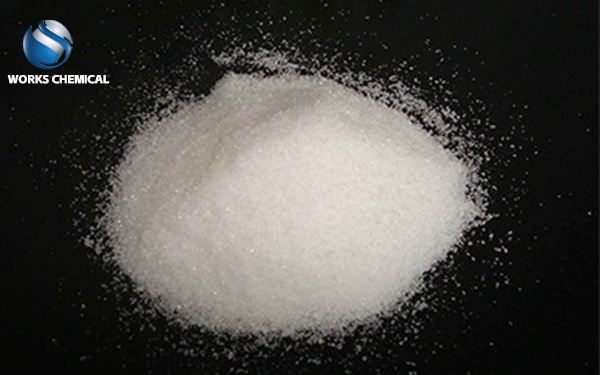
Plate and frame filter press is widely used in the field of sludge dewatering, then what sludge dewatering agent should be used to press the sludge dry? Works Chemical here to share the following experience. In many cases, improper use of medication can cause the tape to stick to the filter cloth or leak sideways. Printing and dyeing sludge, after physical and chemical treatment, influent COD is 800, after treatment is 200-300, debugging is difficult. In the treatment of all kinds of sewage, sewage contains solid substances. For example. The solid substances contained in the sewage of the municipal sewage treatment plant are mainly colloidal particles, which have a strong affinity with water. Dehydration can be very difficult if not handled properly.
At present, the sludge dehydrating agents on the market mainly include ferric chloride, polyferric sulfate, lime, polyaluminum chloride, polyacrylamide, and new sludge dehydrating agents. In the face of so many types of sludge dehydrants, how should we choose? Next, you will briefly talk about the effects of several drugs. Let's talk about polyacrylamide first. Polyacrylamide will produce a large flocculent when the sludge is dehydrated, but it is easy to dirty the filter cloth, and the mud cake pressed out is relatively thin. Sludge dewatering is not complete, and the dosage of chemicals is large.

Next, we will talk about a new type of sludge dehydrant. It is a characteristic polymer. As a desiccant in sludge dewatering process, it can significantly reduce the moisture content of sludge compared with traditional PAM flocculants. All or part of the replacement of the inorganic flocculants and conditioners such as polyferric chloride, polyaluminum chloride and lime used in the sludge deep dewatering process, while maintaining the sludge properties and organic matter content, to achieve real mud reduction, without changing the pH value and salt content of the filtrate. After the sludge dewatering agent is combined with the plate and frame filter press, the weight of the pressed sludge is significantly reduced, and the moisture content of the mud cake can be reduced to 40%-60%. The mud pressing cycle also shortens the replacement frequency of the filter cloth of the plate and frame filter press, saving the operating cost.
Sludge dewatering agent features:
① It interacts with the sludge to form a fine and firm floc, which greatly reduces the specific resistance of the sludge dewatering process.
② Can achieve rapid continuous dehydration of sludge, achieve solid-liquid separation, reduce the moisture content of sludge, and truly reduce weight and body.
③ All or part of the replacement of inorganic flocculants will not increase the salt content of the filtrate and improve the operating conditions of the sewage treatment plant.
④ It is beneficial to reduce the calcification of anaerobic reaction and scale formation at the overflow site.
⑤ Strong dewatering power, with the use of dosing plate frame filter press, can reduce the sludge moisture content from more than 90% to 40%-60%, and fully achieve sludge reduction.
⑥ Do not use lime, reduce the use of inorganic salts, do not cause clogging of filter cloth, extend its cleaning frequency and service life.